Your cart is currently empty!

The Third of May – Francisco de Goya
Experience the profound emotional depth of history with our highest quality oil painting reproduction of Francisco de Goya’s “The Third of May.” This stunning masterpiece captures the raw intensity and poignant narrative of the original, inviting you to witness a moment frozen in time. Crafted with the utmost care and precision, our reproduction utilizes the finest materials and traditional tec…
The Third of May 1808 by Francisco Goya: A Revolutionary Anti-War Masterpiece
Francisco Goya’s painting, The Third of May 1808, housed in Madrid’s Museo del Prado, is not only one of the most famous depictions of war but also a poignant reflection on the horrors of violence, particularly mass executions. The painting transcends traditional artistic norms, marking Goya’s break from the heroic and idealized depictions of war. Through its emotional intensity, raw realism, and evocative symbolism, the artwork captures a moment in history that resonates beyond its time, standing as a powerful anti-war statement.
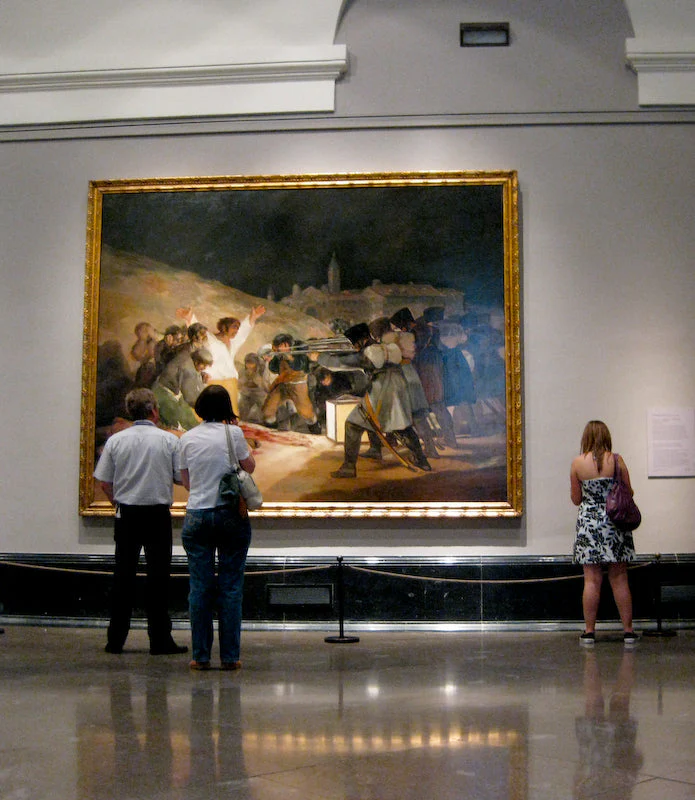
Historical Context: Napoleon’s Invasion and the Peninsular War
In 1808, Spain found itself under the control of Napoleon Bonaparte, whose military campaigns across Europe had been conquering nations one by one. The occupation of Spain, however, faced fierce resistance. Tensions culminated in the popular uprising in Madrid on May 2, 1808, known as The Dos de Mayo Uprising, during which Spanish citizens took up arms to fight against the French soldiers occupying their capital. Despite the valor of the Madrid rebels, the uprising was quickly crushed.
The following day, May 3, 1808, French forces retaliated by executing hundreds of Spanish civilians in an act of brutal suppression. It is this moment of retaliation, the massacre of civilians, that Goya immortalized in The Third of May 1808.
Goya’s painting was commissioned by the provisional Spanish government in 1814, following the restoration of Ferdinand VII to the Spanish throne. It was meant to commemorate the heroism of the Spanish people during the Peninsular War, but Goya did more than just commemorate: he created a searing indictment of war itself.
Composition and Symbolism: Martyrdom and Massacre
One of the most striking features of The Third of May 1808 is its stark composition. Goya contrasts the rigid, mechanical posture of the French firing squad with the terrified, chaotic group of Spanish captives. The soldiers, lined up in unison, are cold and faceless, turning them into mere instruments of death. In contrast, the Spanish captives are depicted as individuals—each one reacting differently to their impending death. Some scream in terror, while others bow their heads in resignation.
At the center of the composition is the figure of a man in white, arms outstretched in a pose reminiscent of Christ on the cross. His outstretched arms symbolize martyrdom, a clear reference to religious imagery that evokes the idea of sacrifice for a greater cause. This man, a common laborer, becomes the focal point of the painting, representing the suffering of the Spanish people as a whole. The glowing white of his shirt, illuminated by the lantern in the scene, makes him a beacon of light amid the darkness of the surrounding violence. Goya’s use of chiaroscuro—strong contrasts between light and dark—adds to the dramatic intensity of the scene.
The lantern itself is another key symbol, illuminating the victims and leaving the executioners in shadow. This creates a visual separation between the oppressors and the oppressed, further emphasizing the inhumanity of the soldiers and the humanity of the civilians. The light, rather than offering hope or redemption, only serves to highlight the atrocity being committed.
Breaking from Tradition: Realism and Emotional Intensity
Goya’s The Third of May 1808 marks a sharp departure from the traditional depictions of war in art. Previous history paintings had often focused on heroic acts, idealized depictions of battle, or glorified death. The victims were often portrayed as martyrs, their deaths noble and meaningful. Goya, however, rejects these conventions. Instead, he presents war as chaotic, brutal, and devoid of heroism.
The central figure in The Third of May 1808 may evoke comparisons to Christ, but his death, like the deaths of the other captives, is not presented as noble or heroic. There is no larger purpose to their deaths; they are anonymous victims of a senseless act of violence. The mass murder of innocent civilians is depicted as futile, a stark contrast to the glorified martyrdoms found in earlier art. Art historian Kenneth Clark notes that with Goya, “nobility in individual martyrdom is replaced by futility and irrelevance,” highlighting the shift in how victimhood and death are portrayed in modern art.
Goya’s brushwork also breaks from tradition. His loose, expressive strokes heighten the emotional intensity of the painting, emphasizing the rawness of the scene rather than adhering to the strict academic precision that characterized much of history painting up to that point. The result is a painting that feels immediate and visceral, drawing the viewer into the moment of terror and violence.
The Horrors of War: A Timeless Anti-War Statement
At its core, The Third of May 1808 is a condemnation of the horrors of war, particularly the brutality inflicted upon innocent civilians. The painting forces viewers to confront the emotional reality of violence, depicting war not as a noble pursuit but as a brutal and dehumanizing act. Goya’s decision to focus on the victims of war, rather than the heroes, is a powerful statement in itself. The civilians are nameless and faceless, representing the countless ordinary people who suffer the consequences of political conflict.
In this way, The Third of May 1808 transcends its specific historical context to become a universal statement against war. The painting’s emotional power and realism have inspired countless artists in the centuries since it was created. One of the most notable examples is Édouard Manet’s The Execution of Emperor Maximilian, which echoes Goya’s composition in its depiction of a firing squad and its anonymous victims. Pablo Picasso’s Guernica is another direct descendant of Goya’s work, with its portrayal of the horrors of war and the suffering of civilians.
Enduring Legacy: Goya’s Influence on Modern Art
The Third of May 1808 has had a profound impact on the history of art. Its break from traditional history painting, its emotional intensity, and its focus on the futility of war have influenced generations of artists. Goya’s painting is often seen as a precursor to modern art movements, particularly Realism and Expressionism, which sought to depict the world as it truly was, rather than through an idealized lens.
Art historian Kenneth Clark observes that with Goya, “we do not think of the studio or even of the artist at work. We think only of the event.” This is perhaps Goya’s greatest achievement with The Third of May 1808—he has created a painting that feels so immediate, so real, that viewers feel as though they are witnessing the event themselves. The emotional power of the painting comes not from its adherence to academic conventions, but from its raw depiction of violence and suffering.
As a result, The Third of May 1808 remains one of the most powerful anti-war statements in the history of art. Its message is as relevant today as it was in Goya’s time, reminding us of the devastating human cost of conflict and the resilience of the human spirit in the face of oppression.
Conclusion: A Masterpiece for the Ages
Through its emotional intensity, stark realism, and powerful symbolism, The Third of May 1808 transcends its historical moment to become a timeless reflection on the horrors of war. Francisco Goya’s masterpiece continues to resonate with audiences today, serving as a powerful reminder of the suffering caused by violence and the enduring strength of those who resist oppression.
Francisco de Goya
Francisco de Goya was a Spanish Romantic painter and printmaker renowned for his powerful, often haunting depictions of both the grandeur and the darker aspects of human nature, bridging classical and modern art.

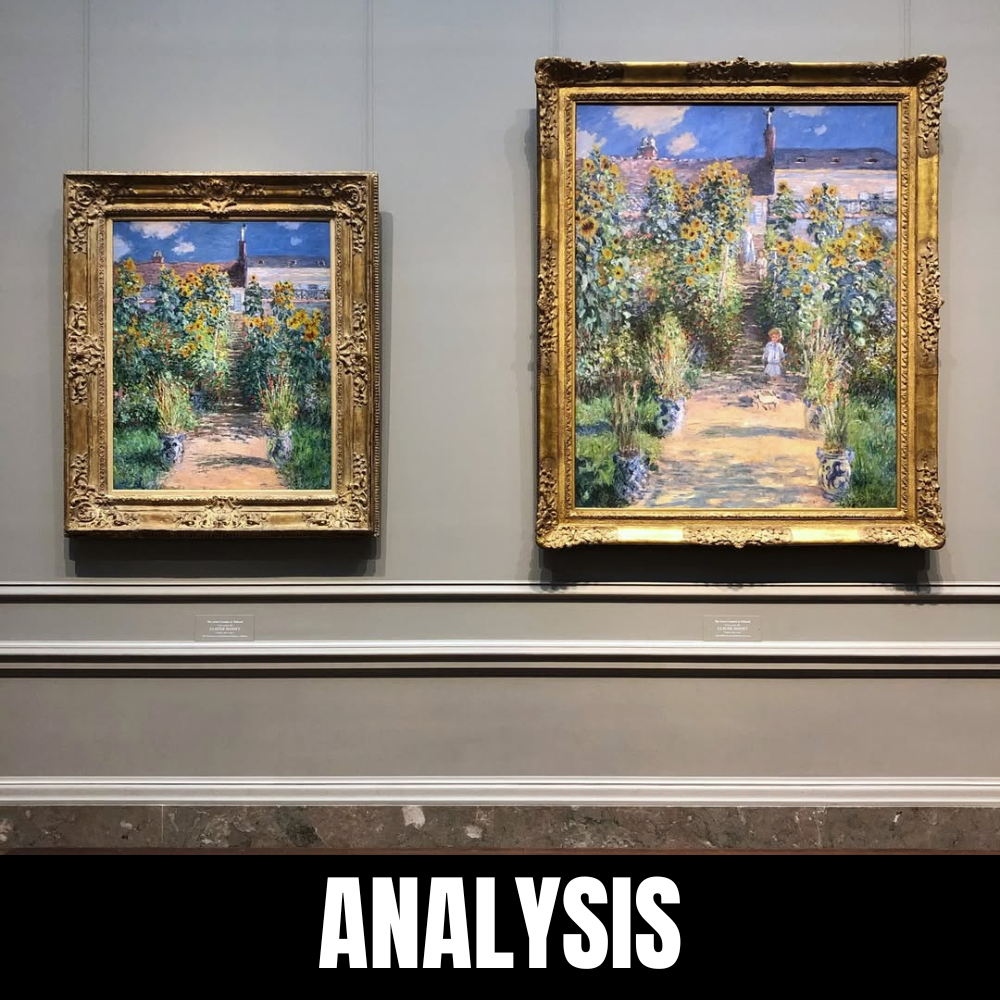
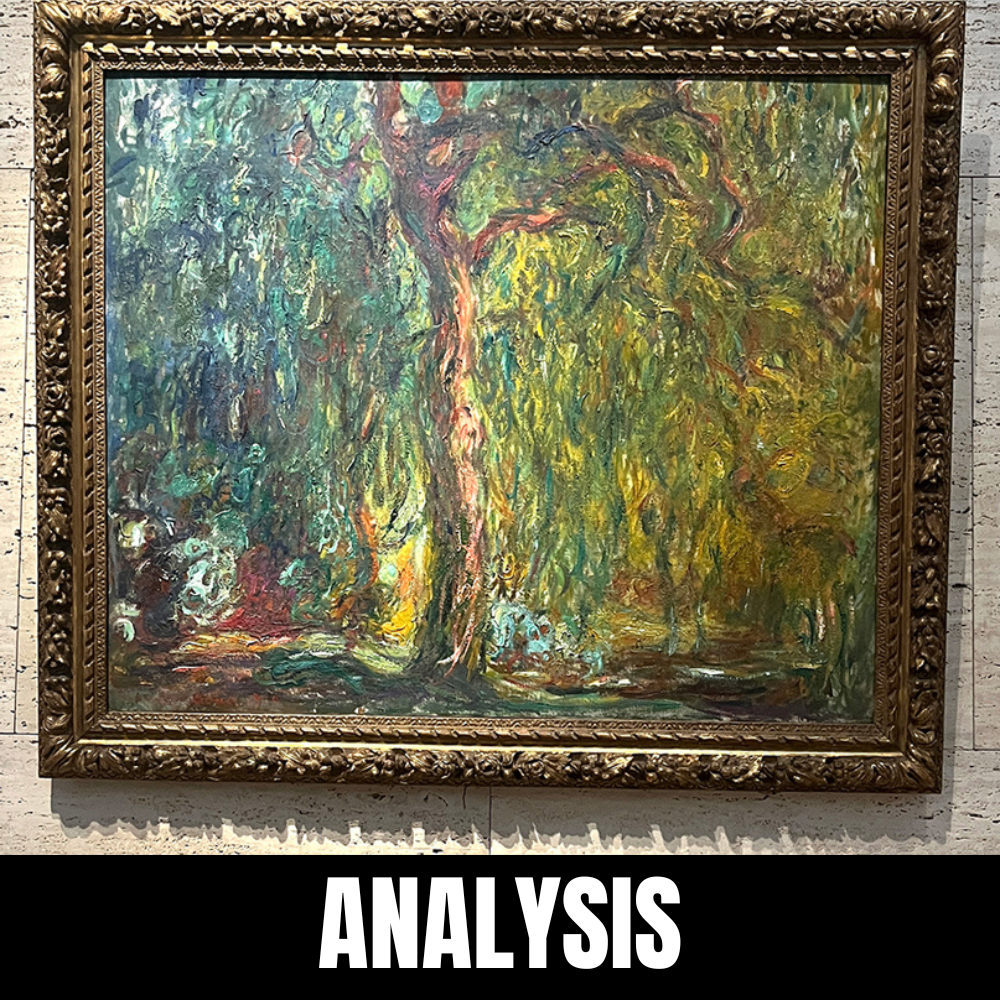
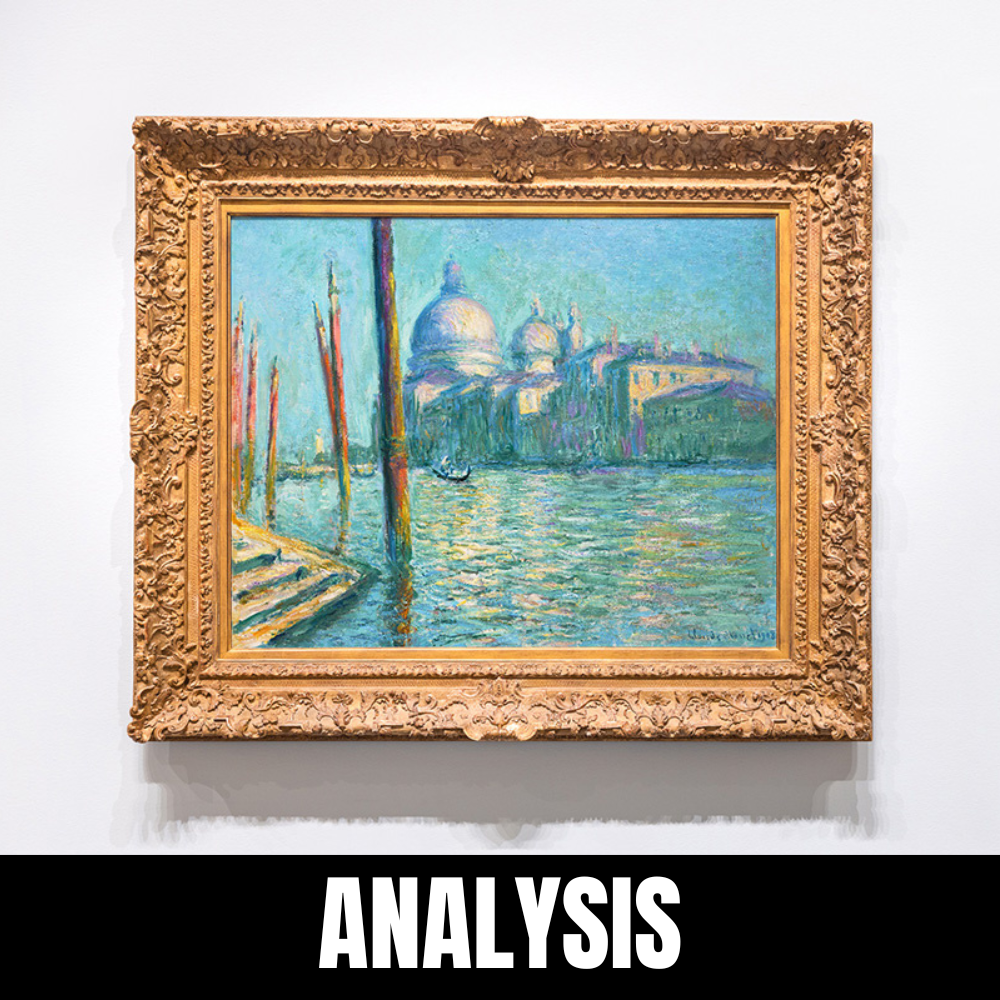
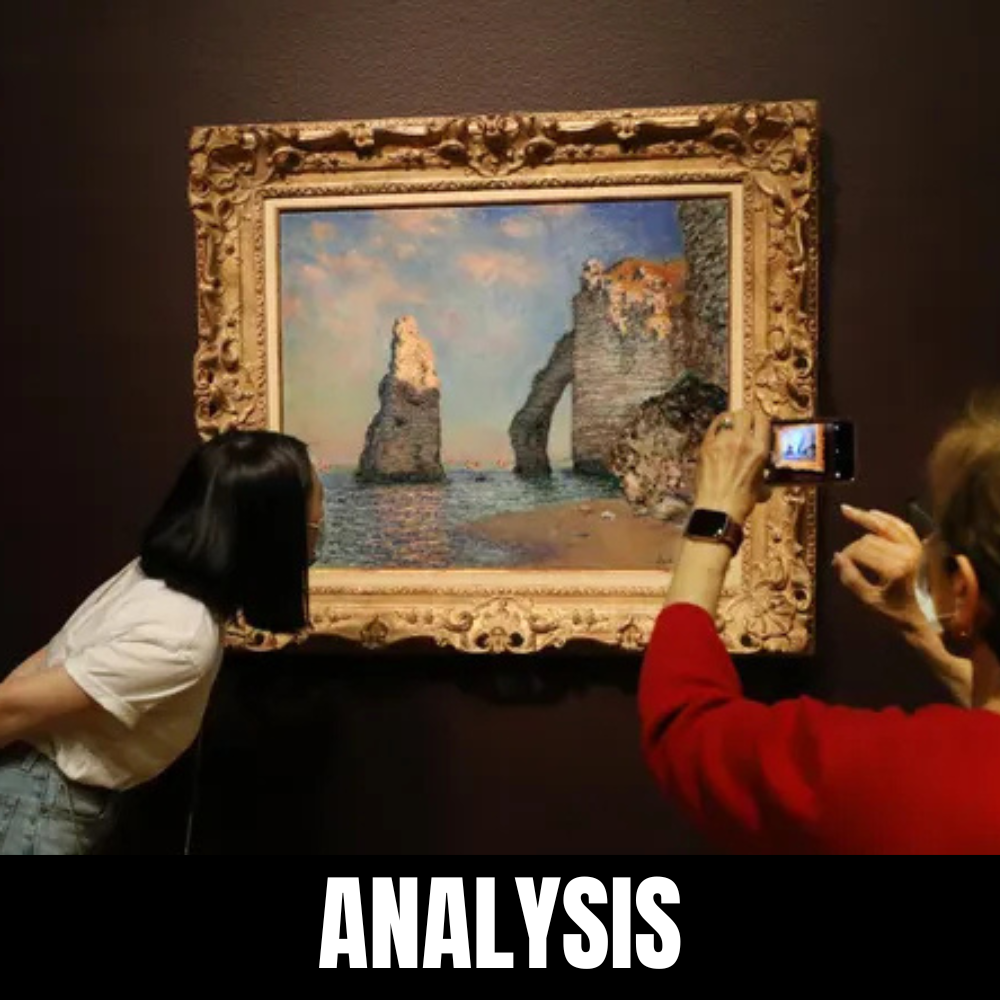
Leave a Reply